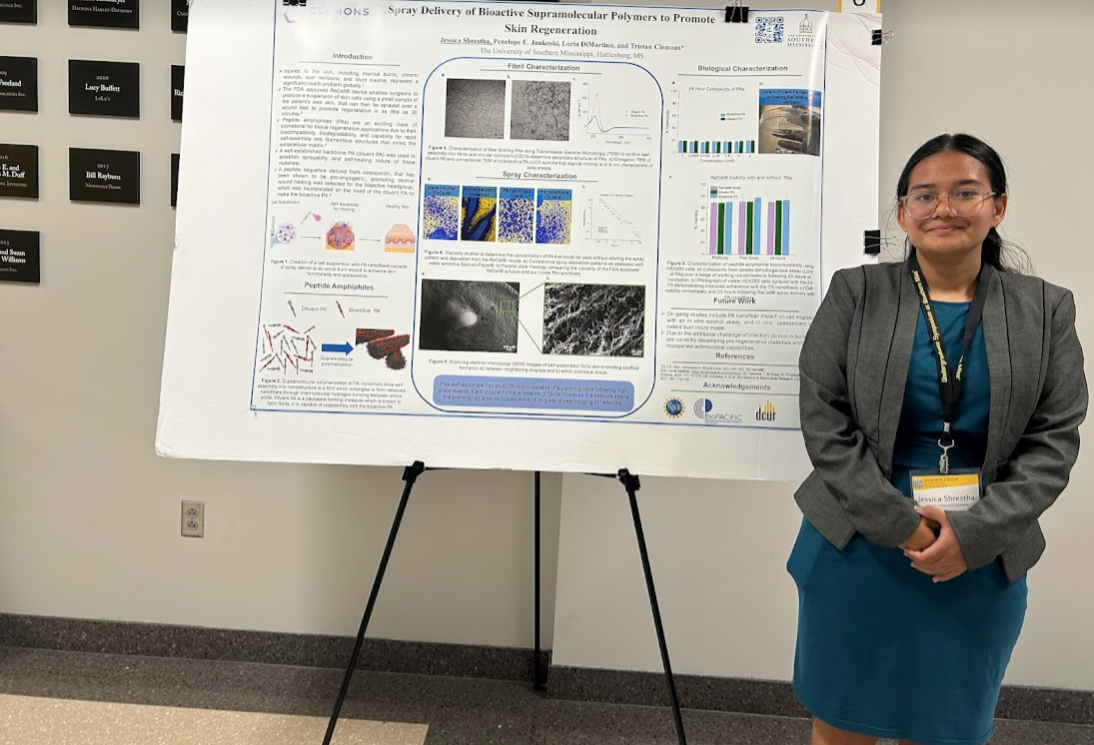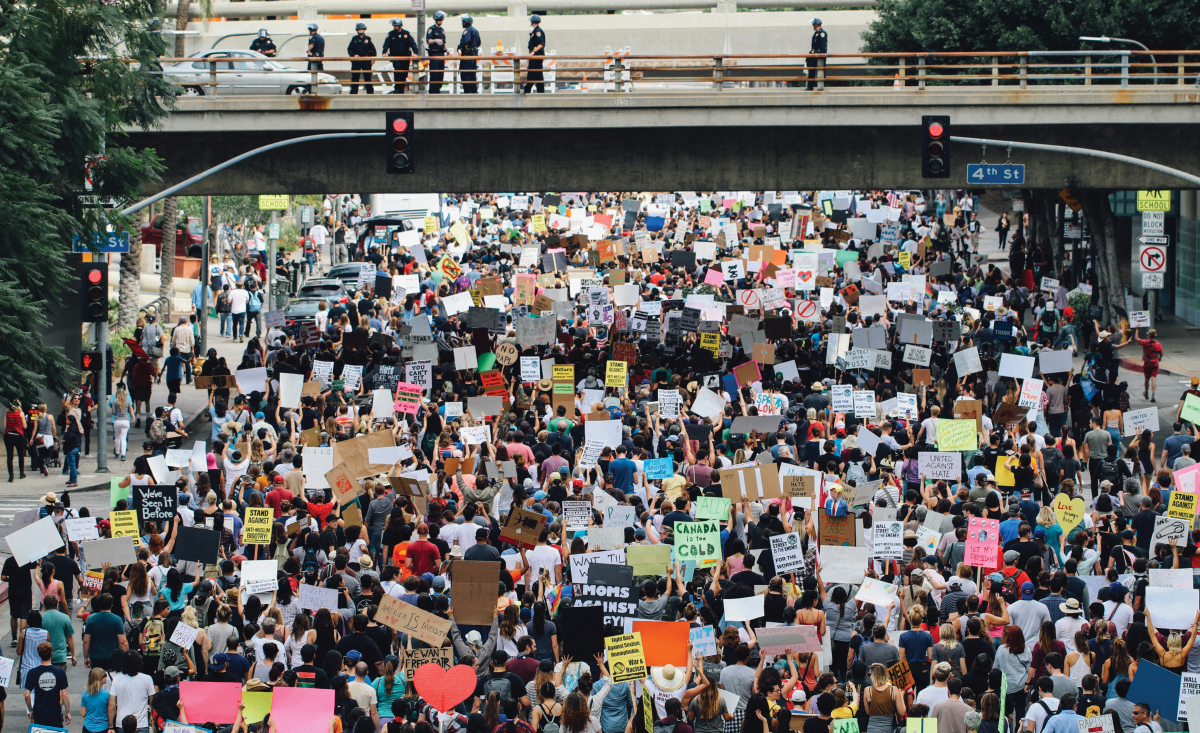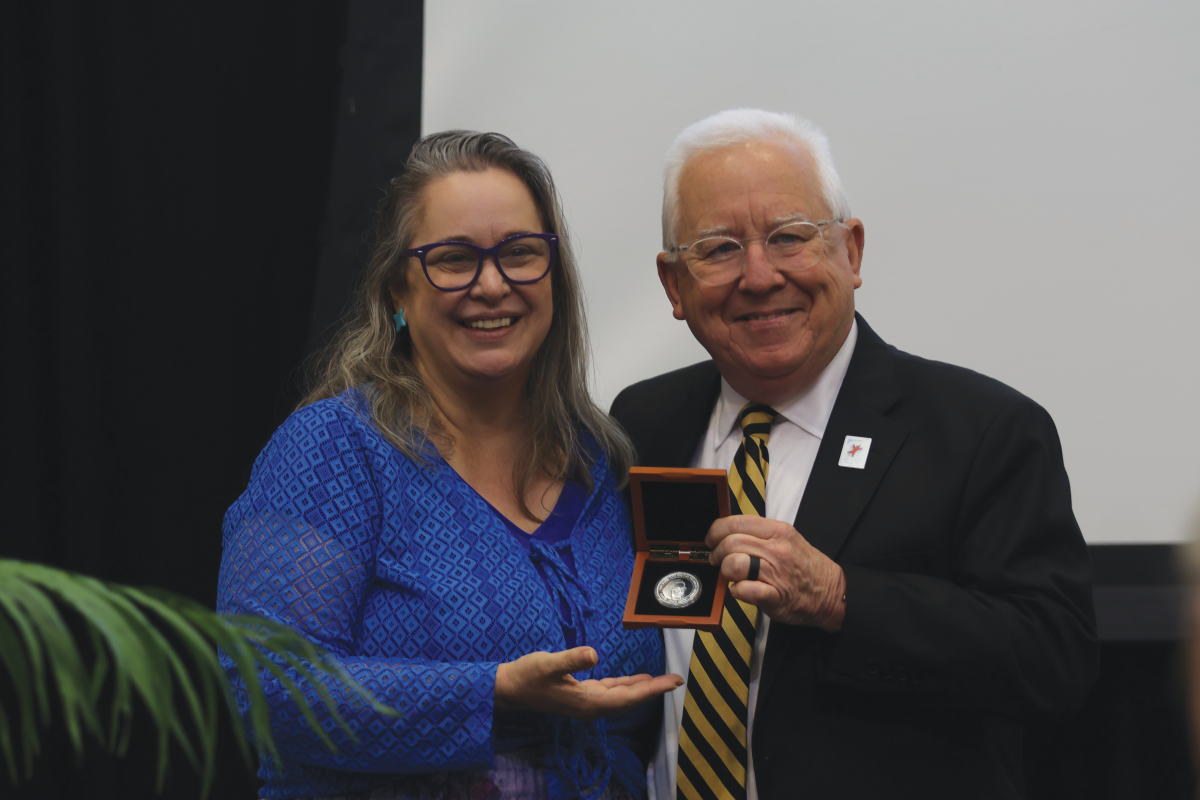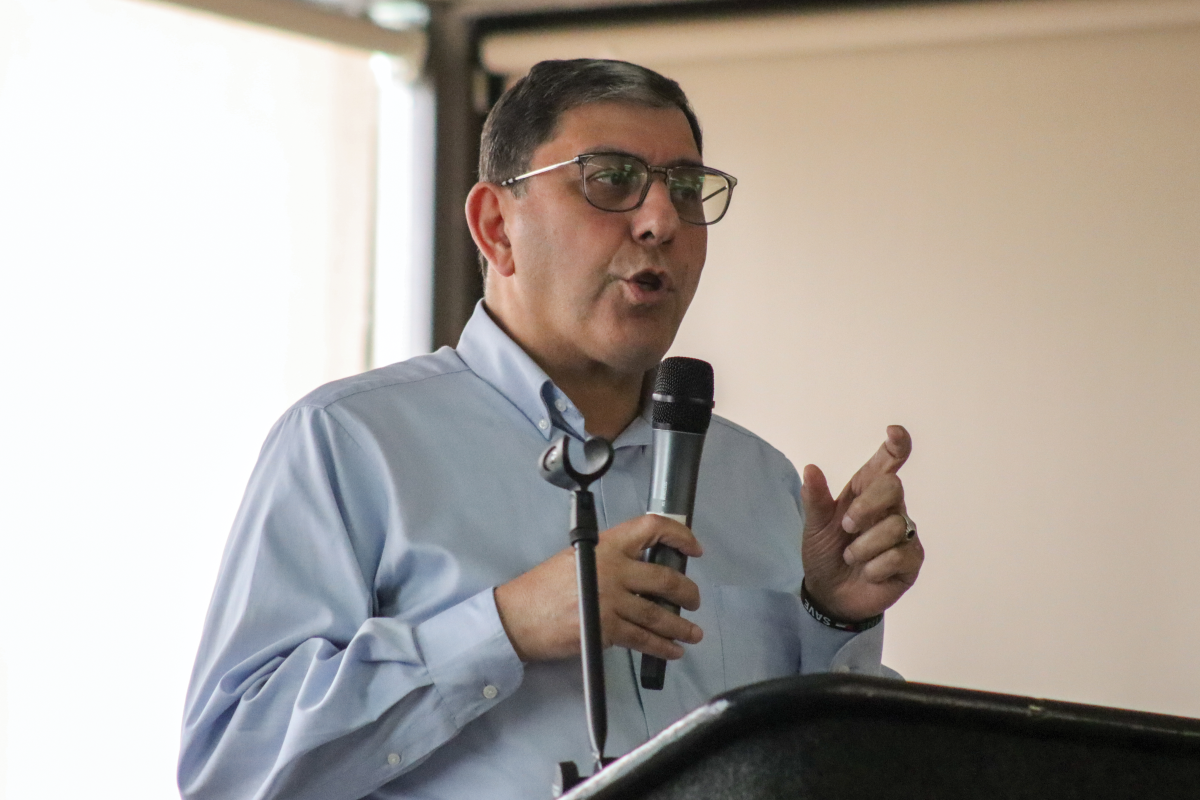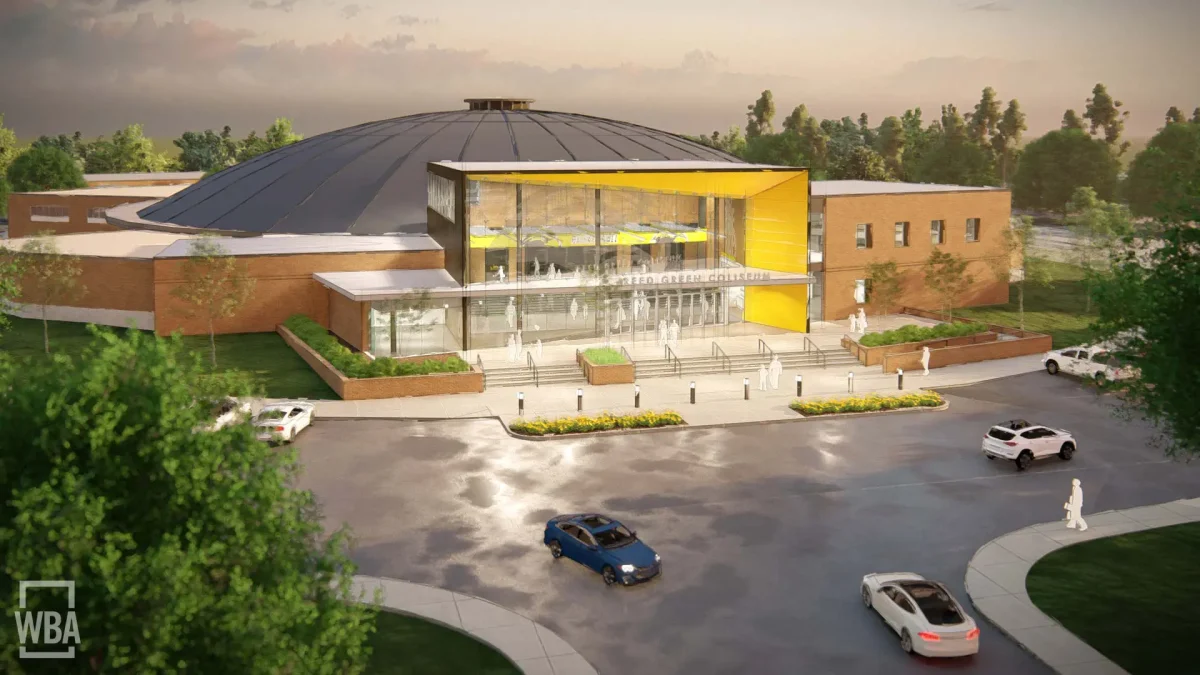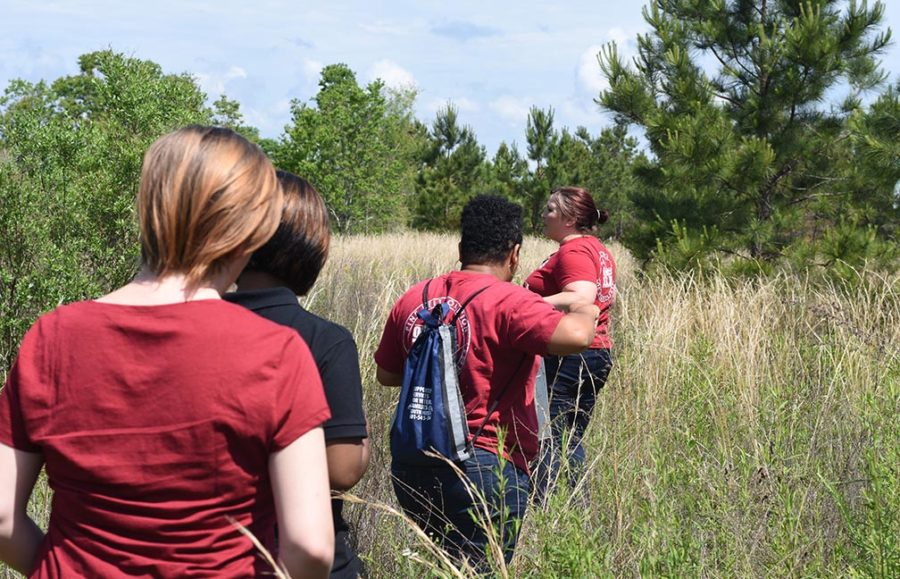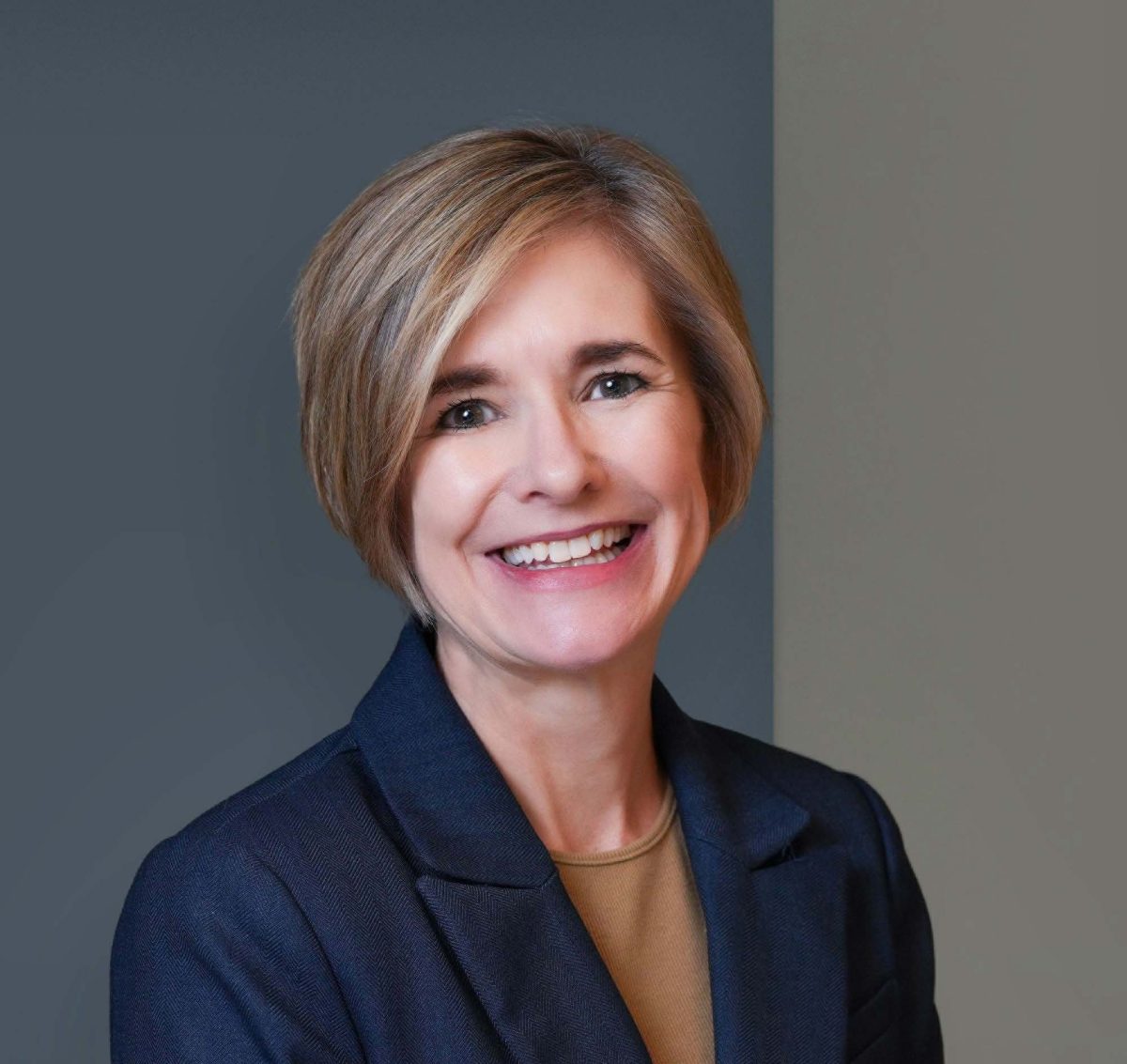Photo by Caleb McCluskey
Graphic by Alexandria Moore
Hattiesburg native Brandy Ledet has been homeless for three years. She and her boyfriend recently moved because other homeless people found their camp and destroyed it while they were away. Now the two live in a tent in the woods outside of the Longleaf Trace.

Ledet starts her day by charging her phone at the laundromat a relative owns. She then walks with her boyfriend to Little Caesars and then Insomnia Cookies because they are the only stores they’ve found that give away food.
Ledet is one of an estimated 100 or more homeless people in Hattiesburg, which has a larger homelessness problem than its size might suggest. Mayor Toby Barker calls the city a “magnet” for the homeless.
There is no government-funded shelter for the homeless in Hattiesburg, but there are private shelters for men only. There is also government assistance in the form of Mississippi Balance of State (MSBoS) Continuum of Care (CoC).
The MSBoS is a network of housing and homeless advocates that cover 72 counties in the state and are broken into local homeless assistance programs called CoCs. The three CoC’s in Mississippi are funded by the Department of Housing and Urban Development (HUD).
Samantha McCain, the chief communications officer for the city of Hattiesburg, said the city’s nonprofits and public hospitals attract homeless people to town.
“We have the largest public hospital in South Mississippi, and it often becomes the referral point for other Gulf South hospitals to send patients with acute mental illness,” she said. “For these reasons, among others, many find their way here to easily access these resources.”
Hattiesburg native Mashon McGlown, who is homeless, frequents the Fieldhouse for the Homeless, one of the private shelters for homeless in Hattiesburg, and she was removed from the private property where she and many other women were camping in earlier this year.
She said she is disappointed in how the Hattiesburg community and city treat homeless people.
“I think the city of Hattiesburg is terrible,” McGlown said. “I think they hate homeless. I think they are doing everything they can to make it harder for us or have us locked up for vagrancy.”
Homeless coordinator for the city of Hattiesburg Kim Townsend urges compassion for the homeless.
“What I need people to remember is that we are dealing with human beings,” she said. “We like to label people and put them in boxes and separate them from ourselves, but the fact of the matter is that we can’t solve homelessness with a blanket solution because we are working with human beings.”
Townsend agreed with Barker that homelessness is a problem in Hattiesburg but said that there are resources for those in need.
“We live in the poorest state in the country, and homelessness is a problem throughout the country,” Townsend said. “It is a growing problem, and there is a lot of issues that contribute to that.”
Cynthia Young and Priscilla Brown, co-founders of the Fieldhouse for the Homeless, said they began helping homeless by driving around in a van and giving out food, water and other essentials. The sisters eventually moved from the van to their day shelter by buying a building in 2013.
Young said when homeless people come in for the first time, they are screened, and the shelter assists people any way they can.
“Sometimes they are just down on their luck, and their house burned, and they just don’t have any place to go,” Brown said. “We try to put them on track.”
The shelter is working on gathering donations for the creation of a female night shelter, according to Brown. They said housing a woman at night is harder than housing a man because women need more accommodations.
“The women are struggling. We need a women’s shelter,” Brown said.
She said she wished the city and county would do more for the homeless, but, unlike McGlown, she said the community of Hattiesburg has been extremely helpful. Young said she disagrees with Barker that a government-funded shelter would attract more homeless, but she respects his opinion.
“I don’t think that [a government-funded shelter] would cause a magnet. I think the problem has been here. Even when we opened the shelter, it was a problem,” Young said. “We are a hub city, and that is probably how [Barker] is looking at it, but the problem has been here.”
Young said most of the people she has seen in their shelter are from Hattiesburg.
“We need to look at what we can do with what condition the city is in now,” Young said. “Having a shelter here in Hattiesburg would meet the needs of the citizens of Hattiesburg that are here right now.”
Townsend said she works to get those in need into places they can afford with housing assistance
programs.
“On the day to day, I am working with different agencies that work with the homeless to get them connected to the services they need,” Townsend said.
Townsend works with different programs across the state to help people get back on their feet, and the end goal is finding permanent housing. She said she sees the need for overnight shelters, but worries homeless will depend on and live in the shelters.
“Basically, those programs are set up so that they can assist people in the beginning, but eventually get them to stability,” Townsend said. “With the federal dollars that are in play right now, HUD is really more interested in long-term housing, so they cut back on funding emergency shelters and transitional shelters.”
She works face-to-face with those in need through many programs, including the Hub City Homeless Street Outreach Team, which she created shortly after taking the job.
Townsend said she goes out weekly with the street outreach team, usually on Friday, and she meets with clients that she has previously connected with or with strangers she can tell need help.
“Our goal is that we are the mobile entry into our database,” Townsend said. “It is hard for [some homeless people] to get around because they are on foot.”
Townsend said each individual must go through a screening process that gets their history, including medical and drug history and basic information about them. As well as adding people to their database, the team also gives basic donated items such as clothing, water and non-perishable food.
CoC’s Point in Time (PIT) count is a statistic that the MSBoS does yearly where groups of every CoC jurisdiction. According to the 2019 PIT, there were 156 homeless persons across the nine counties that make up the Pine Belt.
The PIT count for 2019 was held across 72 counties Mississippi on Jan. 28, and the CoC clocked a total of 480 persons in their system with 189 unsheltered and 291 sheltered. The Pine Belt had the largest total of the homeless of any area.
Townsend said the PIT count is just a snapshot of a day in Hattiesburg, and these numbers fluctuate rapidly due to factors including traveling in and out of the city or state, or just people not getting in touch with them.
The city coordinator said something to keep in mind when interacting with homeless people is that they are not all drug addicts with mental illnesses. She said the majority of people she talks to are not a danger to others or themselves.
Ledet took Townsend to her camp to document her dwelling in hopes that she will be accepted into the housing program.
“Everything happens for a reason, and everyone’s story is different, but [living homeless] has definitely made us appreciate an apartment when we get it,” Ledet said.


